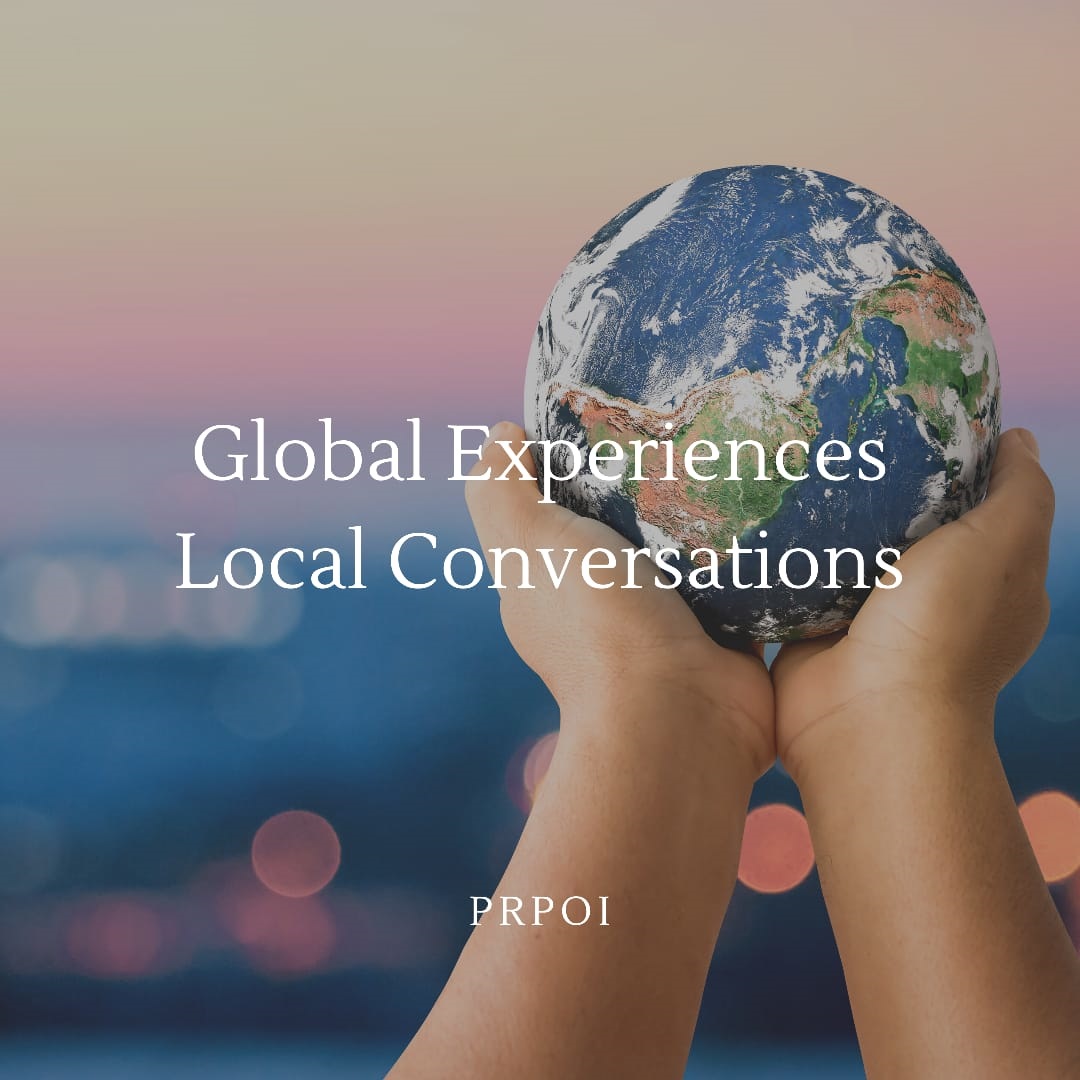
Globalize, Localize, Glocalize!
Political liberalism and technological advancements have been providing a constant push to international trade, with businesses exploring and entering newer markets and servicing the aspirational needs of the new age consumers. It therefore is not surprising that more than one-fourth of the global production is exported, that too at a healthy incremental rate. The contribution of services in total exports is also heading north, indicating a behavioral shift in the international trade practices, and evolution of consumers. The world is witnessing an exponential growth in the consumption of international brands and services. A Euromonitor research states that consumers in developing countries are reevaluating their consumption habits, abandoning exaggerated materialism and seeking simplicity, authenticity, all that, to express their individuality. This, to me, is a major driving force behind increased consumption of global products and services.
Consumers are becoming more and more aspirational, aware, and sensitive to quality, speed of delivery, and most importantly, the manner in which the brands that they are aspiring for, are behaving. And that is where the need of Glocalization comes into picture.
Brands that are finding their feet in newer markets, have an interesting challenge to deal with, when it comes to conversing with their audiences. This challenge encapsulates; retaining and leveraging their global image, identifying and striking the right degree of localization, behaving in a locally relevant manner, and above all, curating an experience which ticks all the above boxes. This challenge comes with ample opportunities to experiment and innovate with newer platforms, newer languages, endorsers, publications, and stakeholders.
Glocalization also demands communication teams and consultancies to perform a high degree of research, carry out perception analysis, have the right messaging strategy and narrative in place, understand the consumer behavior & local culture and pulse, and above all, have a robust strategy to strengthen the bond and become a part of the consumers’ lives, while meeting their needs.
Global brands, which have entered the Indian geography, were quick to identify the huge potential of the Indian markets, especially rural, curated products and communicated in the language which was most relevant to the audiences, deserve a special mention here. While LG, HUL, Pepsico, Coca Cola, Nokia are all great examples of huge global brands tweaked their business strategies and returned with terrific market shares.
Google, of course, stands out for hyper-localization, by offering services in numerous Indian languages. Megabrands in the F&B space like McDonalds, Starbucks, and KFC are proven examples of successful Glocalization in their products. The manner in which McDonalds deployed delivery on bicycles to counter the narrow by-lanes of Old Delhi will remain a popular example of ‘deviation’ from the globally prevalent business practices. Cinema business has its own share of examples of Glocalization. By simply making movies available in multiple Indian languages, hiring Indian writers to write dubbed versions and by using voice overs of local stars for dubbing, global studios and production houses are gaining a lion’s share of the great Indian movie appetite. The Box Office collection of Hollywood movies in India has grown by an impressive 33% on a year on year basis, according to FICCI EY M&E Report 2020.
Brands wanting to achieve a regional audience must also bear in mind the kind of headwinds they might have to face in their quest to gain attention. The risk of not being recognized by local consumers always looms large. Glocalization has to be driven by a lot of research, empathy, and understanding of local culture. Any compromise on these factors may increase the chances of failure. With a very strong unorganized retail sector and a robust homegrown economy, global brands may often be perceived as a force against the local economy and local businesses. Campaigns like #VocalForLocal that are rolled out with an objective to nurture self-reliance and augment the local manufacturing scene, may also prove to be complex communication challenges. The manner in which the device’s brand MI has managed to sustain the headwinds, with some really impressive localization strategy is worth an applause.
I must use this opportunity to write about Reverse Glocalization, where national brands or products have managed to create waves in international markets. While the hype around Yoga and Turmeric Latte cannot be gauged commercially, but these two brands will always be remembered as great examples of Reverse Glocalization. Closer home, when we launched INOX Megaplex, the brief was simple. We had to make it a global story in the cinema industry’s landscape, purely because it remains the cinema with a maximum number of viewing experiences in the world. With 6 different cinema formats, besides the mainstream auditoriums, INOX Megaplex in Mumbai was written about by global publications including Forbes, Variety, The Hollywood Reporter, and Celluloid Junkie, besides leading Indian publications.
Whatever said, Glocalization, in the post-pandemic time, will remain a pre-eminent business communication strategy, subject to relevance. Businesses thrive on more and more consumers, and if executed flawlessly, it can deliver success by opening doors for acquisition, servicing, and delivery to new and existing consumers. Glocalization has opened the doors for magnanimity, expansion of horizon, and infinite growth possibilities for brands, especially after the brandemic!
Views are welcome.
GM – Corporate Communications, INOX Leisure Ltd, Guest Speaker




